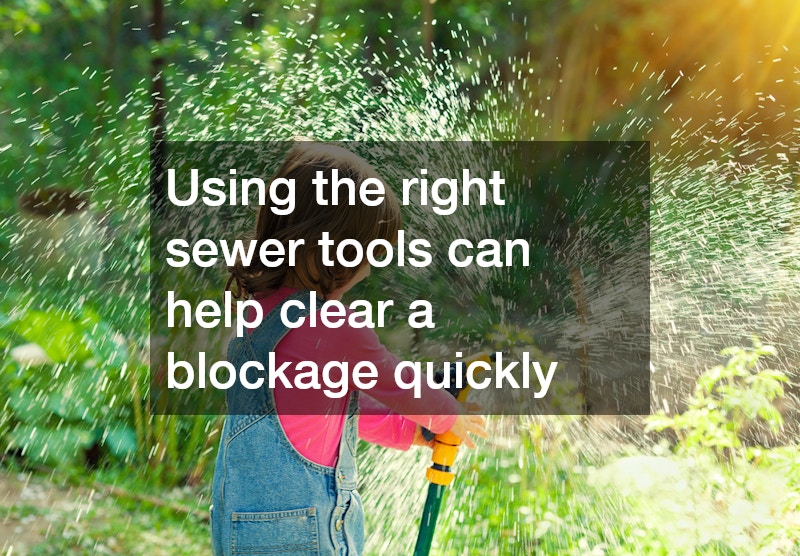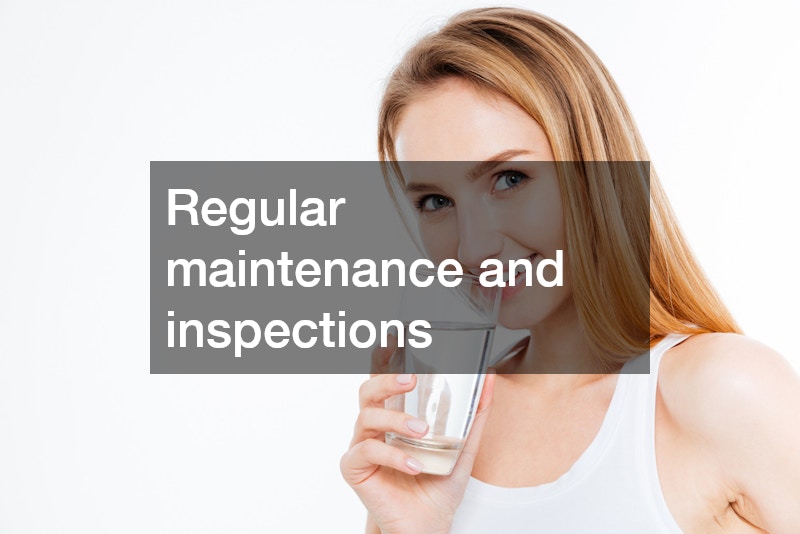Dealing with a clogged sewer line can be a major headache, disrupting daily life and causing unpleasant odors. Understanding the problem and knowing how to address it is essential. Different types of sewers can face unique issues. For example, older homes might have clay or cast iron sewer lines, which are more prone to cracking or root intrusion, while newer homes may have PVC pipes that can still clog due to debris or grease buildup.

Using the right sewer tools can help clear a blockage quickly. A plumber’s snake or hydro-jetting equipment are common tools for unclogging sewer lines. However, these tools require proper handling to avoid damaging the pipes. If you encounter an open sewer near your property, it could pose health risks and should be reported to your local municipality immediately.

Regular maintenance and inspections of your sewer lines can prevent clogs from becoming significant problems. Knowing the different types of sewers and how they function helps you identify the best approach to maintenance. Keep an eye out for signs of a clog, like slow drains or foul smells, and act quickly to prevent more serious damage. Taking these steps can help you maintain a healthy and functional sewer system.

There are few things people like to think about less than sewer line cleaning. But as much as we like to avoid the subject, we’re better off thinking about sewer lining than letting it go unchecked. What do you do when the worst happens and your sewer line is compromised? With the right company, it’s completely fixable, and in a variety of ways
What People Think About Sewer Line Cleaning
When people consider sewer line cleaning, they imagine an expensive repair that will ruin their yards. Although they vary by municipality, sewer lines are usually buried 12 to 24 inches deep, which means that unearthing them is no small task. Often, tree roots in the sewer line add further damage when it comes time for the line to be cleaned and repaired. This leads to the perception that sewer line repair and replacement is impossible to do without great expense and destruction of personal property.
Fear Versus Reality
Have you heard of trenchless pipe replacement? According to Angie’s List, 78% of polled individuals hadn’t heard of “no dig” options which include replacement, repair, lining, and relining. Trenchless options provide an alternative to more invasive techniques. 73% of homeowners reported that they would pay more for a trenchless pipe replacement if it could replace their existing outdoor landscape, and with good reason.
The Way Of The Future
The world of plumbing and sewer line replacement is going trenchless. The fact is that replacement, repairs, and inspections are impossible to avoid … the question is, how do we make them more effective and less damaging? Those who go the traditional route tend to end up replacing patios, decks, and other landscape features. Further advancements include video camera sewer and drain pipe inspection, decreasing the amount of damage done to your yard even during something as routine as an inspection.
Okay, That’s Great: What About The Cost?
While around 30 to 50% more expensive than the average conventional project, they tend to be more cost effective as additional restoration is unnecessary. When you really consider the cost, you can’t forget what goes into all of the replacements mentioned above. Furthermore, all of those replacements take a lengthy amount of time, adding to the inconvenience of the entire experience.
When it comes to sewer line cleaning, it’s important to know that you aren’t cornered into one option. While traditional sewer line repair and cleaning is still a valid choice, in the long run the return of trenchless pipe repair is stronger. Plus, at the end of the day, wouldn’t you rather keep your yard in one piece?





